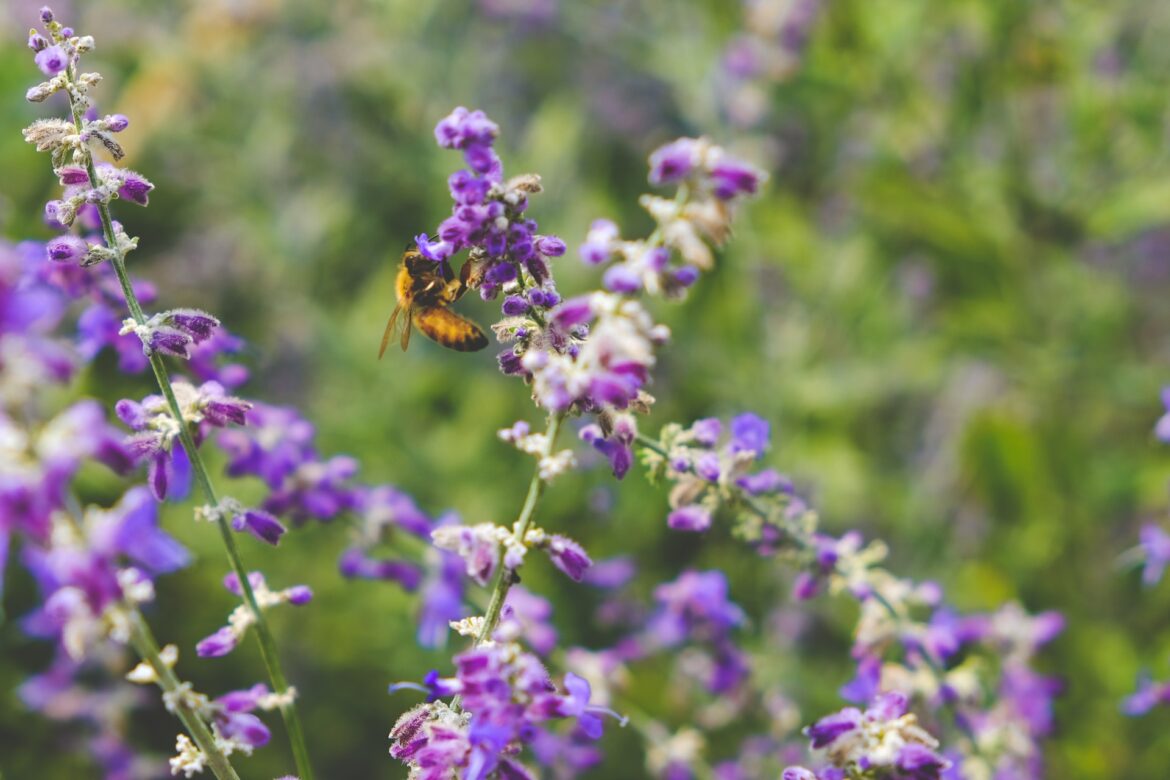Biodiversity Net Gain is an intervention that occurs when a specific region of land has a net increase in biodiversity. An intervention is any human-caused influence that modifies the kind or state of a habitat. Interventions can take the form of developing land or altering its management.
Future housing developments will prioritize sustainability if they align with the government’s BNG targets. This will have a positive impact on the current climate and biodiversity problem.
Achieving Biodiversity Net Gain
As a developer, you can get your Biodiversity Net Gain plan approved by presenting research results using metrics. Local planning authorities (LPAs) can evaluate a site’s potential for biodiversity and make sure the necessary percentage of net gain in biodiversity is realized by using biodiversity metrics. Broadly applicable BNG measures enable a cross-disciplinary approach to quantifying biodiversity.
The creation, repair, and improvement of habitats cannot occur on a development site. In this situation, it might be necessary for a developer to locate a suitable grassland or woods nearby or farther away. Let’s say a developer can show that the required level of net benefit is achievable. If that is the case, development may proceed provided that any harmed or interfered with habitats are restored.
What criteria does Biodiversity Net Gain require?
Local planning authorities must promote the pursuit of net benefits for biodiversity through planning policies and decisions. This gives the local planning authority the power to decide how to evaluate and implement Biodiversity Net Gain within their jurisdiction.
The developer bears the burden of submitting an application with a BNG completed metric. In actuality, it should be completed by a knowledgeable ecologist who is aware of both the opportunities and hazards of using the measurements.
What happens when a biodiversity metric reports a net loss?
Initially, it would be feasible to enhance the number of biodiversity units attained by modifying landscape designs or the master plan. Alternatively, you can offer offsite compensation by promoting biodiversity on other properties you own and manage. As a final option, financial compensation can be negotiated with the local planning authority if these methods are not workable or adequate.
Benefits of Biodiversity Net Gain
Net gain can provide immediate benefits beyond the conservation of species or enhancement of the ecosystem. Other benefits of BNG include enhanced soil stability, flood control, and air quality. In the future, addressing climate change head-on will be crucial, and any measures you make to improve a wildlife area will help you build a better reputation and show stakeholders that sustainability is a priority for your project.
It is possible to design high-quality places that are financially beneficial and add value to commercial or residential areas. These spaces can foster a feeling of community among people, which can improve their well-being and quality of life. It’s critical to emphasize the timelines involved in creating a program for planning, executing, sustaining, and tracking Biodiversity Net Gain.
Wrapping up
The Biodiversity Net Gain standards in the new Environment Bill will probably affect your project if you have a development proposal that needs planning clearance. Seeking professional guidance will ensure a smooth process and successful development.




